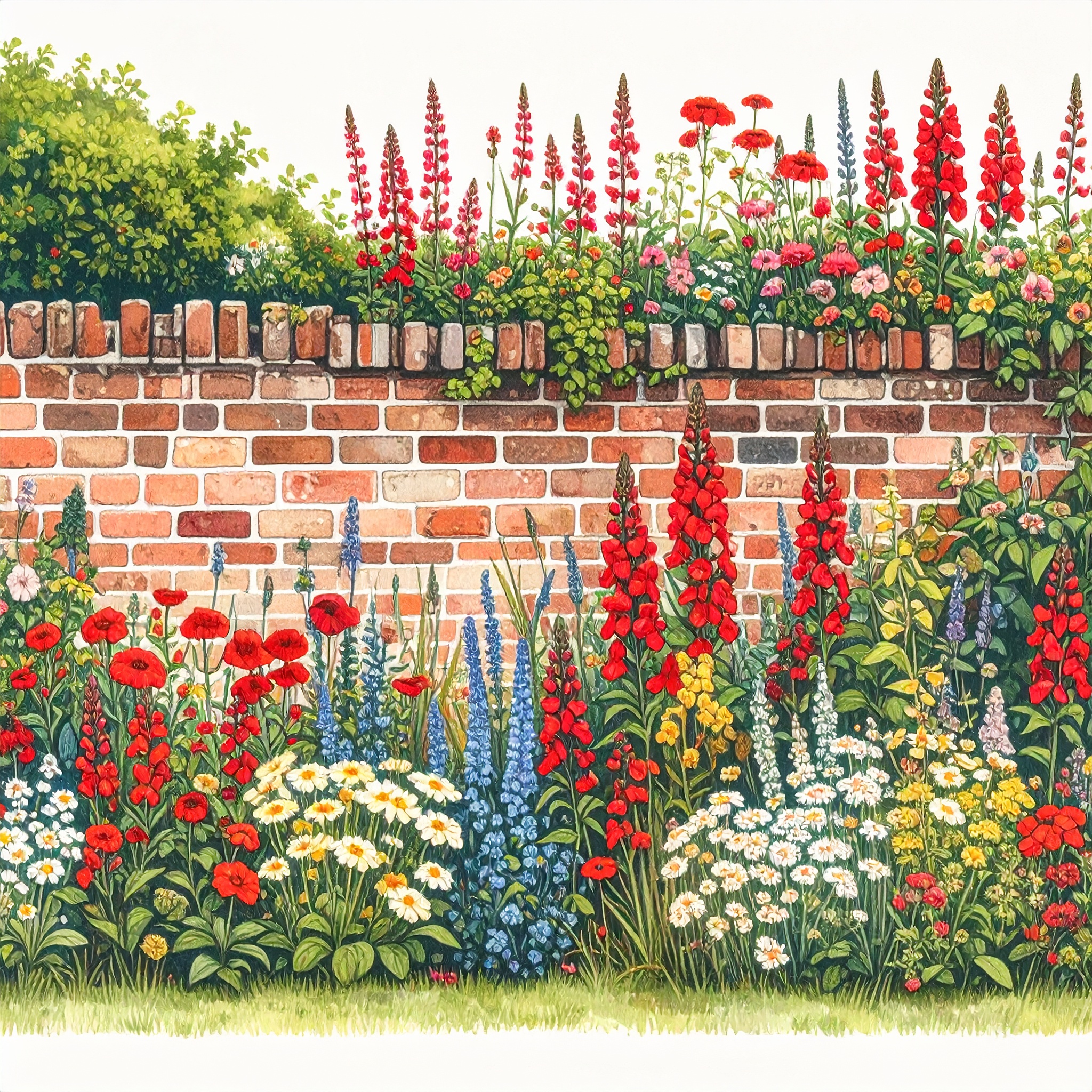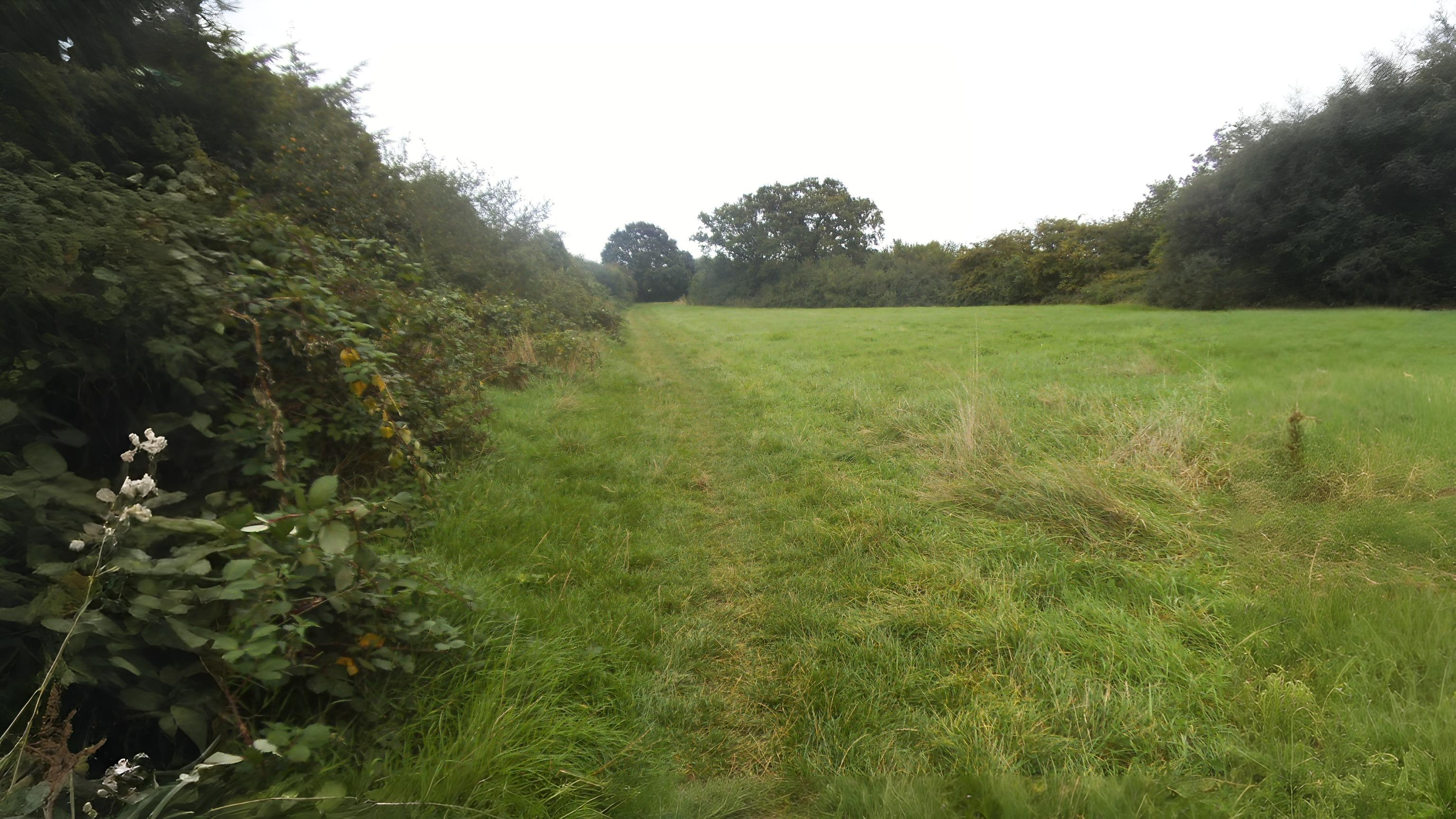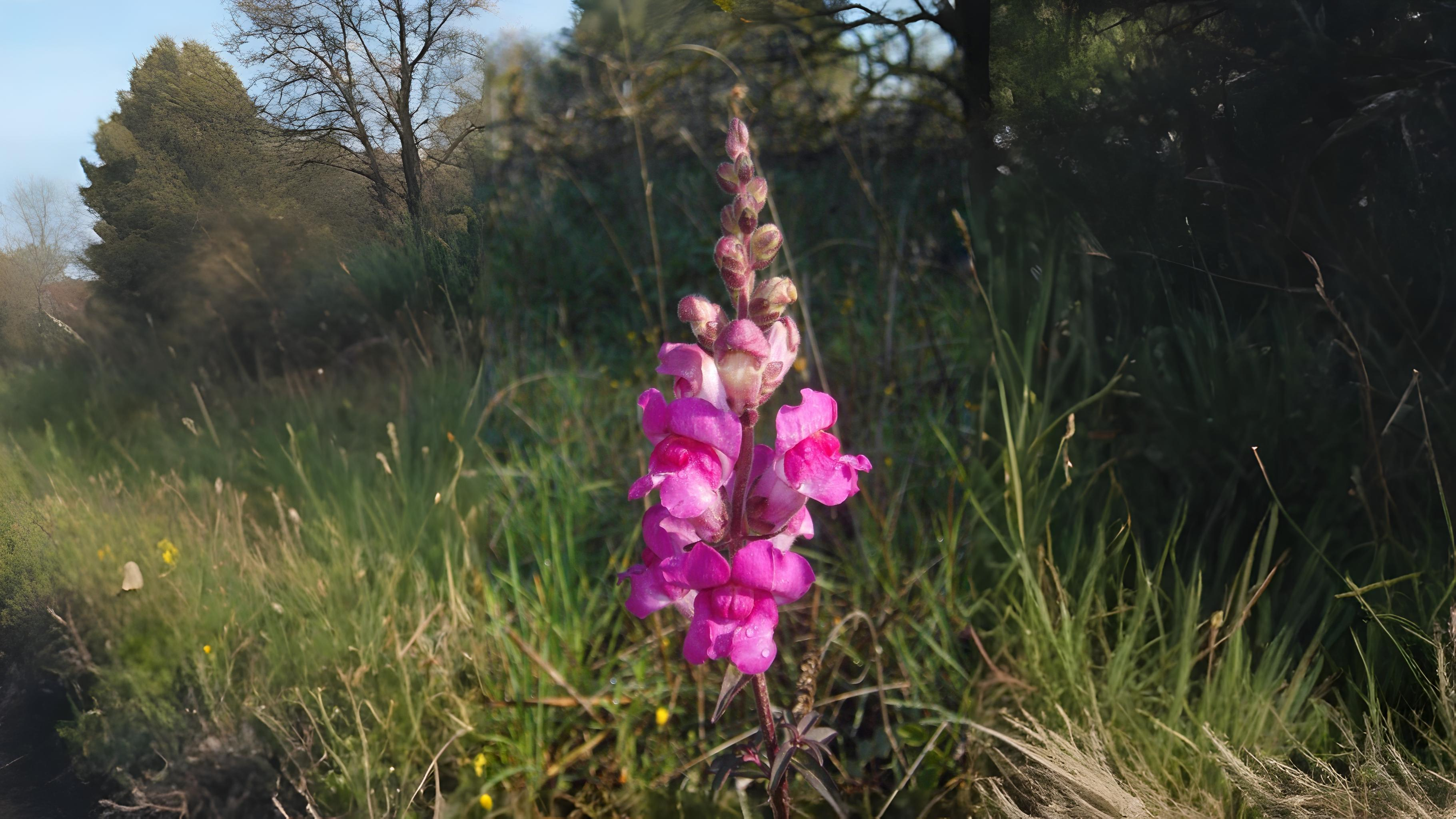London’s Living Hedgerows & Secret Wall Gardens – A Forgotten July Tapestry
This month, London’s ancient hedgerows burst into life—crimson hedge woundwort blooms like miniature orchids, wild roses entwine with crab apples, and bladder campions sway in the breeze. But look closer: crumbling walls hide even more wonders, from fiery stonecrop to rogue snapdragons painting the brickwork wine-red. Return on 13 July to explore these untamed corridors where medieval field patterns still whisper—and discover why toads allegedly prefer the shade of certain flowers.
Hedgerows have been excellent places to see new flowers since May. Country lanes are now full of brambles, nettles, docks, stitchworts, bedstraws, vetches, burdocks, hedge mustard and occasionally foxgloves and hedge woundwort. Hedge woundwort Stachys sylvatica is worth looking at more closely. Its small flowers are the deepest crimson with delicate white markings. Its stamens start off violet before turning black and showing off the white pollen grains. The whole effect is that of a miniature orchid. Toads were thought to prefer to sit in the shade of this plant rather than others.
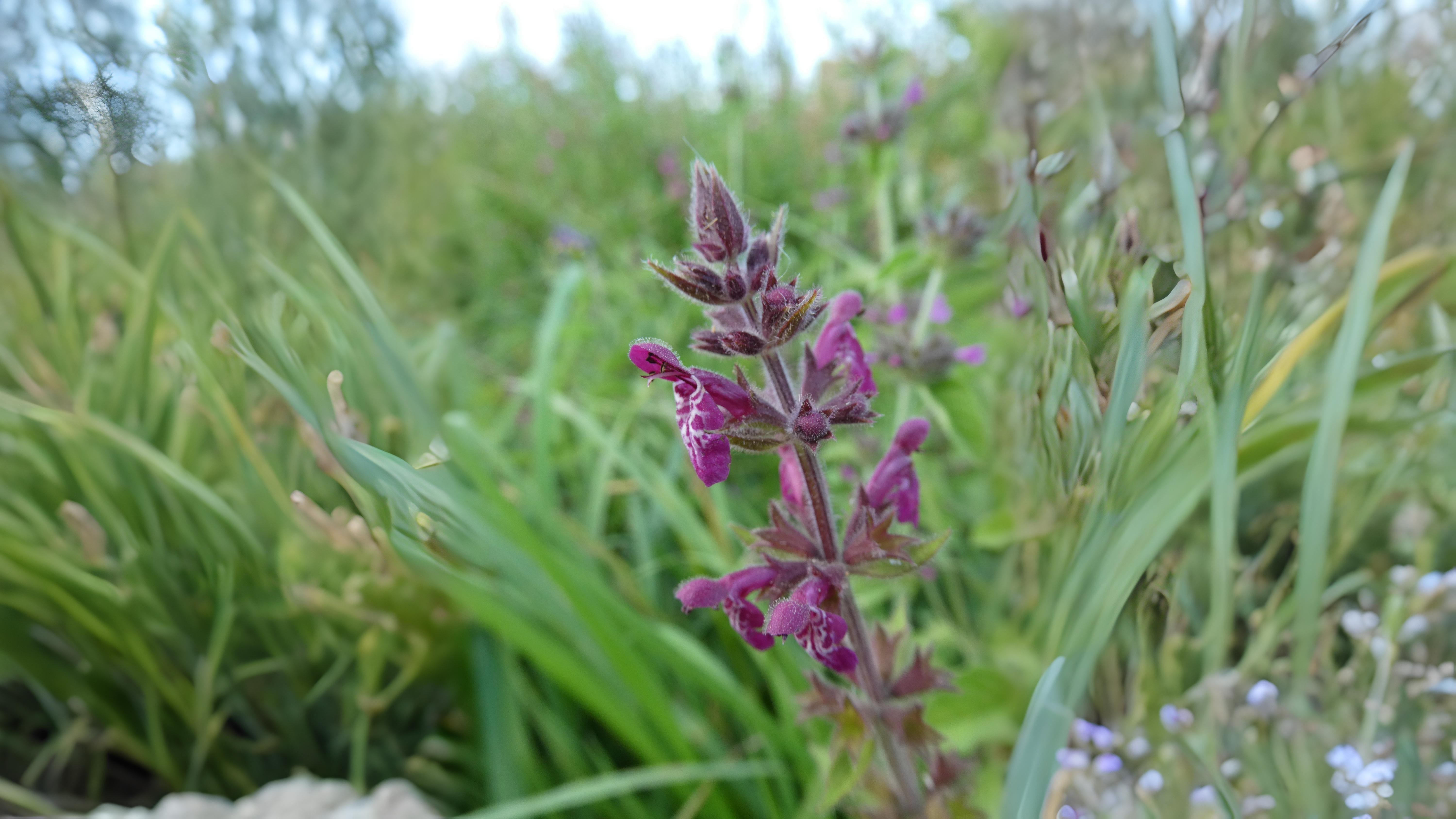
Cow parsley, which dominated country lanes in the spring, has now all run to seed and other umbellifers such as hogweeds, ground elder, hemlock and, to a lesser extent, rough chervil, have taken its place. At the edges of the roads themselves you are more likely to notice dandelions, daisies, mallows, buttercups, St John’s worts, cranesbills and white deadnettle rather than the lesser celandine, ground ivy and jack-by-the-hedge so typical of the spring. Both red, white and bladder campion are all now in flower. Bladder campion can be separated from white campion by its slightly deeper colour as well as its bladder-like calyx.
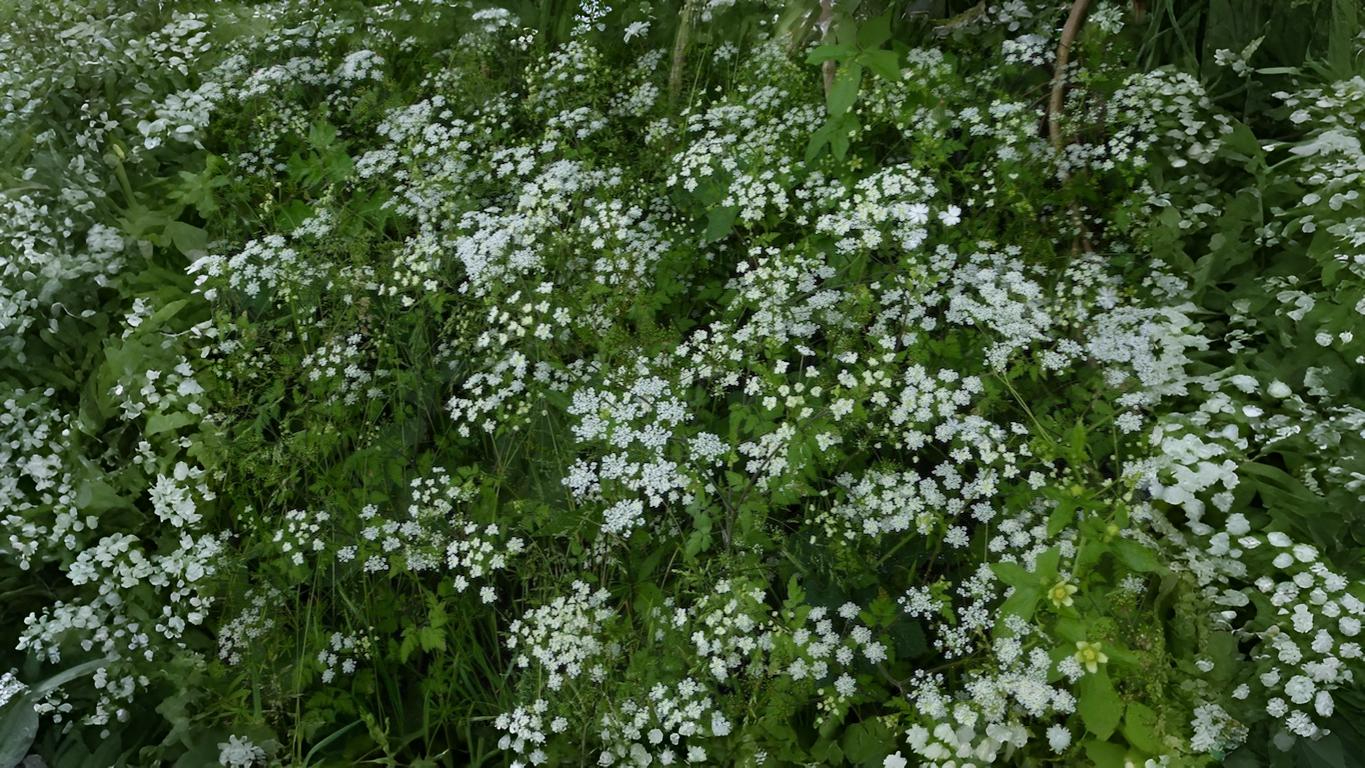
At this time of year red campions can show a range of colours, going from deep rose red through to pink. Some of these may well be hybrids between white and red campion. If one is seen with a nodding flower it may possibly even be a catchfly. They tend to have a thin, sticky, starved look and are more typical of dry waste areas.
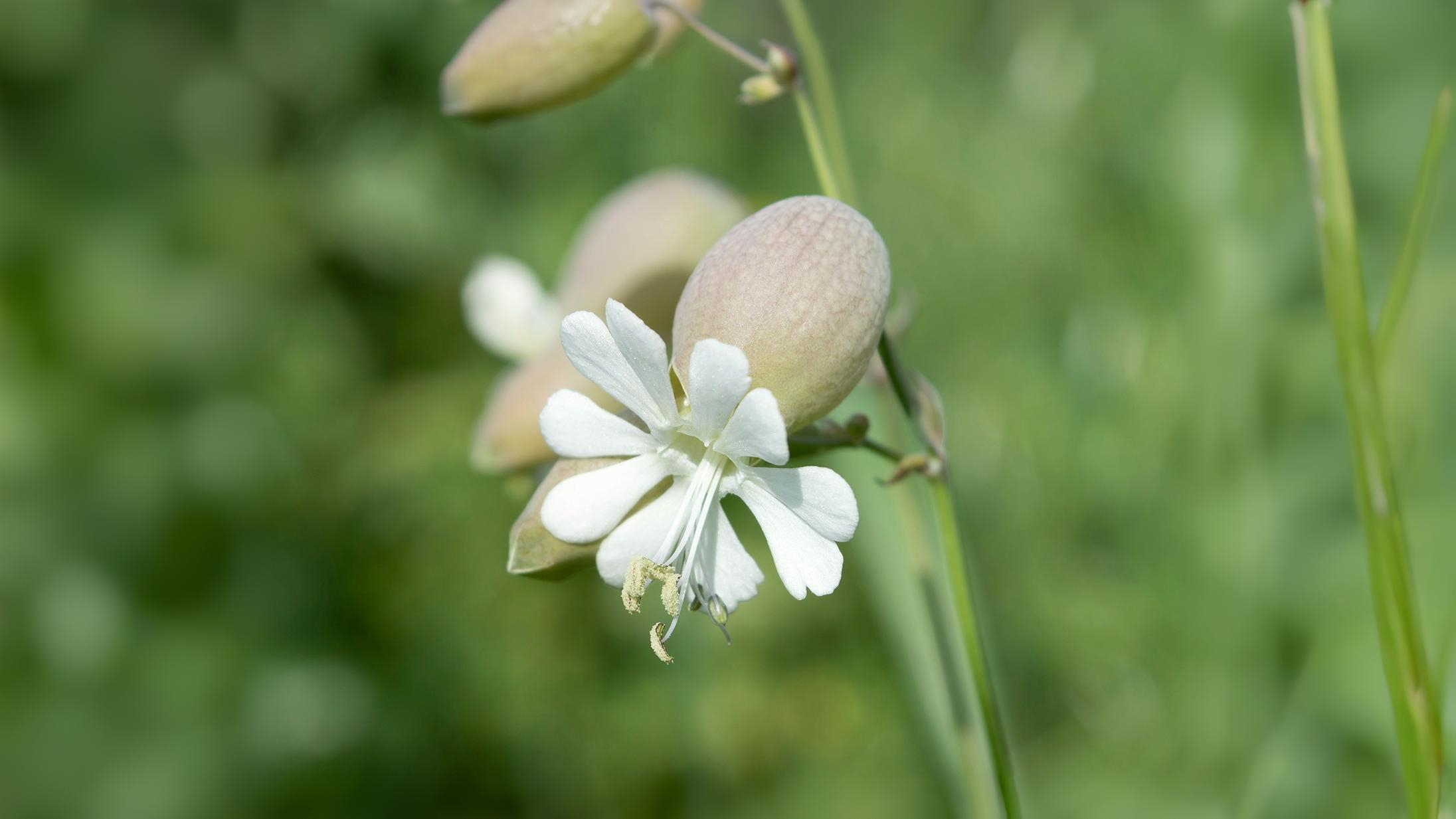
A good place to look for hedgerow plants generally is around Fryent Way in Brent, where some of the field patterns haven’t changed much in four hundred years. Also, many of the hedges there have their original ditches. Rarer plants such as field rose, feverfew, wood and treacle mustard can also be found. With the hedges having such an age they are also good for shrubs and trees e.g. crab apple, wild plum, cherry, spindle, wild privet and English elm suckers. At this time of year the hedges are also full of apples.
Old, neglected pre-Victorian walls usually have their own compliment of new flowers and ferns. The most spectacular among them are houseleeks Sempervivum tectorum all of which will have been originally planted. Biting stonecrop or wallpepper Sedum acre is almost as attractive, with its carpets of sunshine yellow flowers.
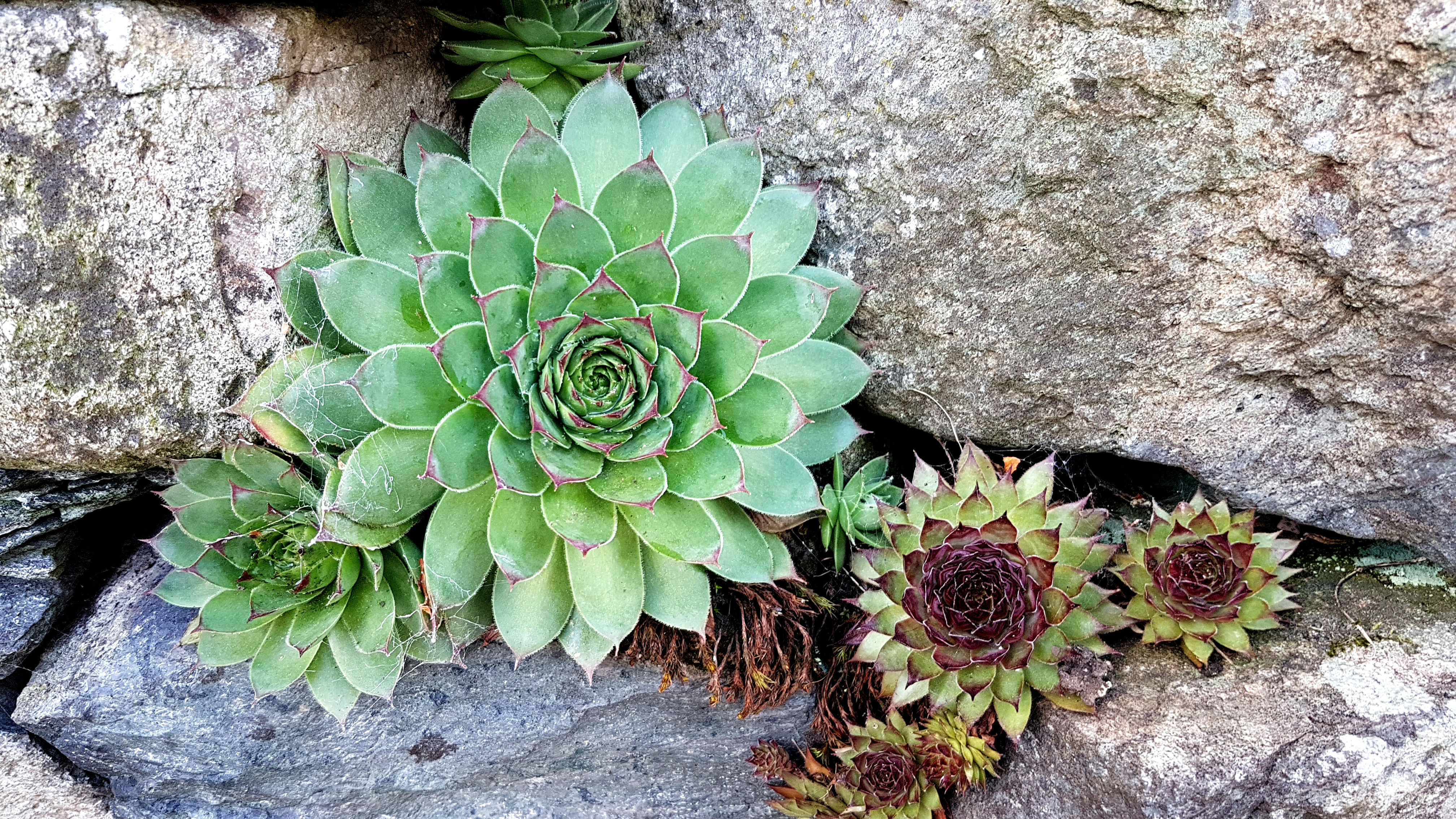
The sharp taste of its leaves gave rise to its English name. Early herbalists quarrelled over its uses. Pliny was probably the first, recommending it for a good night’s sleep. This was as long as it was placed under the pillow wrapped in a black cloth and unknown to the insomniac.
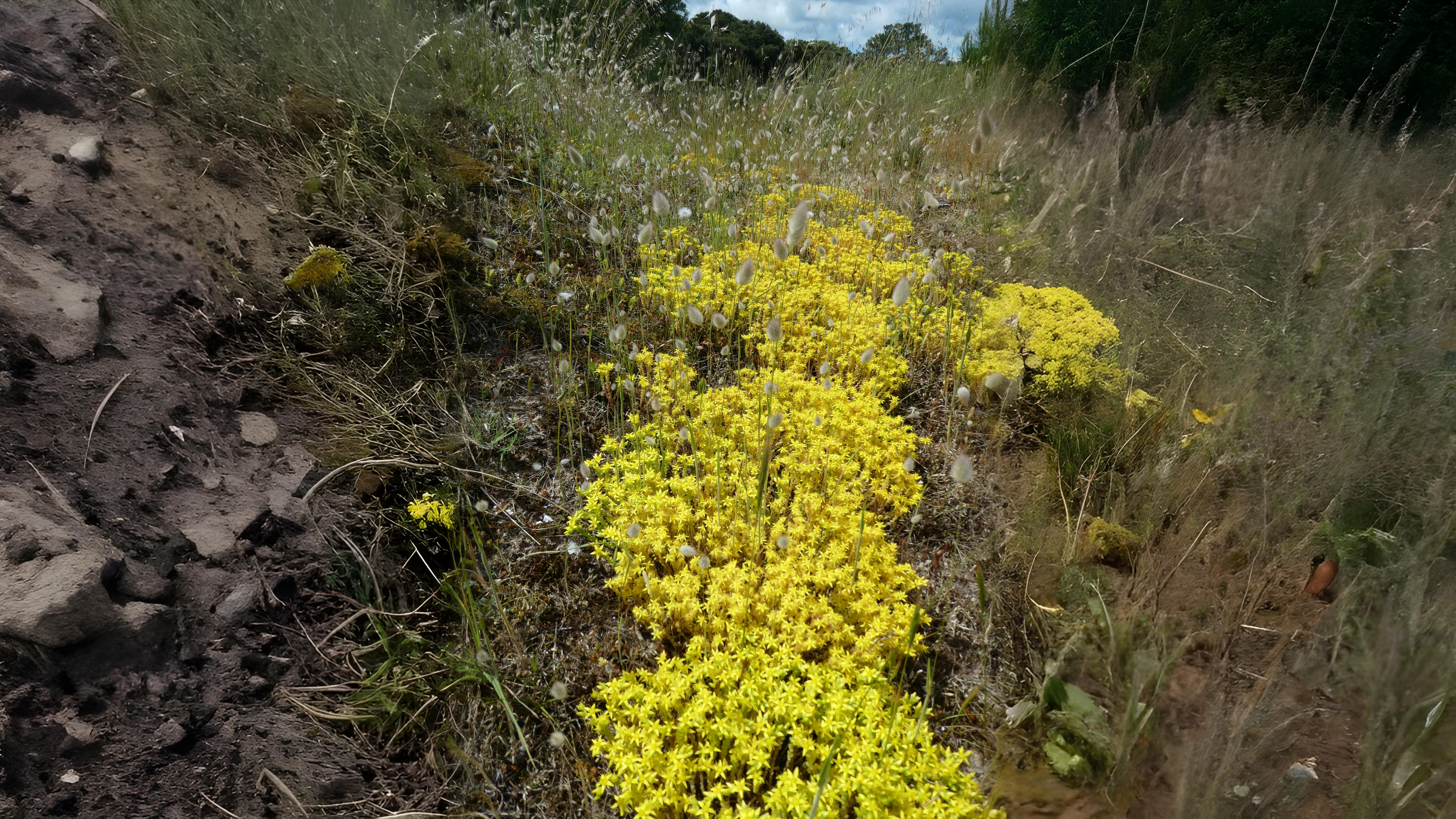
Another attractive plant occasionally seen decorating the tops of walls around London is the wine red forms of Antirrhinum majus. These are originally snapdragons planted in gardens, which revert to a red colour then happily seed themselves on walls for years and years. Other, more suburban plants seen this month are wall lettuce, wall speedwell, pellitory-of-the-wall and ivy-leaved toadflax. Worth keeping a special eye out for is the diminutive rue-leaved saxifrage Saxifraga tridactylites which can have totally raspberry red leaves with tiny clusters of bright white flowers. Old walls with crumbling mortar with a good range of interesting plants can still be found around Beddington church and Deptford creek.
